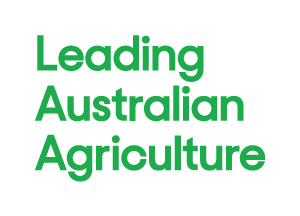Australia’s farm sector is on track for best-ever results with agricultural production forecast to tally a record $63.8 billion in 2016–2017.
The Australian Bureau of Agricultural and Resource Economics & Sciences (ABARES) released the figures today in its March 2017 Commodity Report.
The forecast also projects the average farm cash income to be $216,000 per farm in 2016–2017, the highest recorded in the past 20 years.
National Farmers’ Federation (NFF) President Fiona Simson said the figures came as a farmer’s operating environment was, on the whole, positive.
“In something not seen for many years, much of the nation’s agricultural regions received good rainfall during 2016 which set farmers up for bumper food and fibre crops and excellent livestock turnoff,” Ms Simson said.
“Demand for our primary produce has also increased as a result of free trade agreements and the general growth in Asia’s middle class.
“Prices for example, for red meat – beef and lamb, as well as wool, cotton and horticultural produce continues to be strong.”
Ms Simson said smaller, niche industries such as almonds, hazelnuts and macadamias had also enjoyed considerable growth.
ABARES’ forecast predicts continued widespread growth across agricultural industries driven primarily by strong export demand.
“In 2017–18 export earnings are forecast to rise for beef and veal, wool, dairy products, sugar, cotton, wine, lamb, live feeder and slaughter cattle, rock lobster and mutton.”
Ms Simson said today’s figures explained why agriculture was a driving force behind the nation’s economy.
“Last week the Australian Bureau of Statistics (ABS) showed that agricultural sector growth of 0.2 percentage points had contributed to an overall expansion of 2.4 per cent in Australia’s gross domestic product.
“Farming continues to be an economic engine of this country.”
Ms Simson said with such compelling figures the NFF would continue to advocate to see that the sector remained a priority on the Government’s agenda.
“The NFF will be working to ensure our farmers’ policy and regulatory environment is as good as it possibly can be to ensure they are well placed to benefit from the favourable conditions before them and for agriculture to continue to drive national growth.”





Add comment